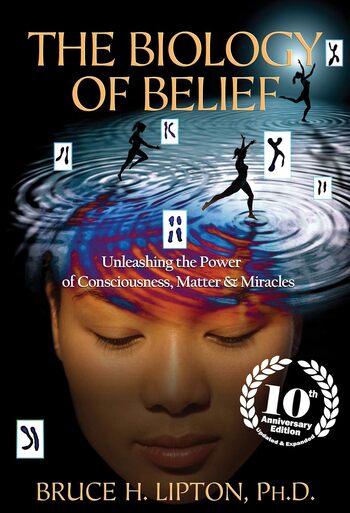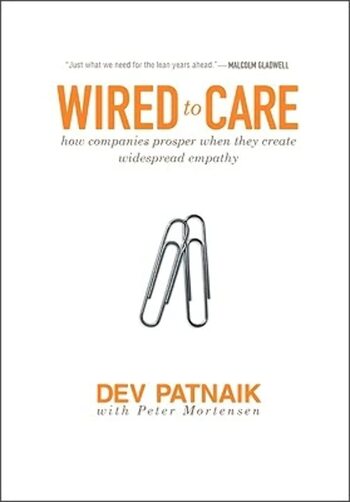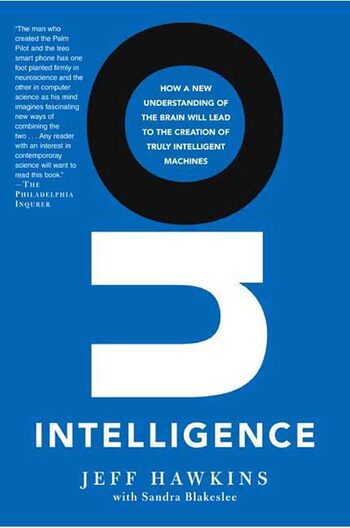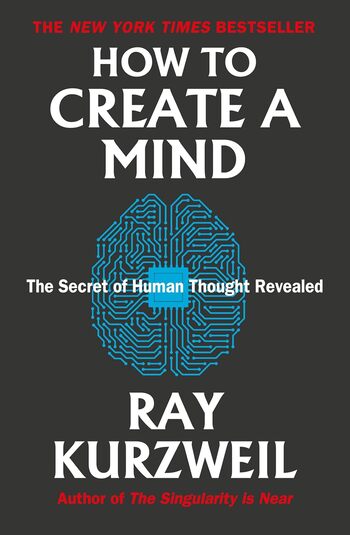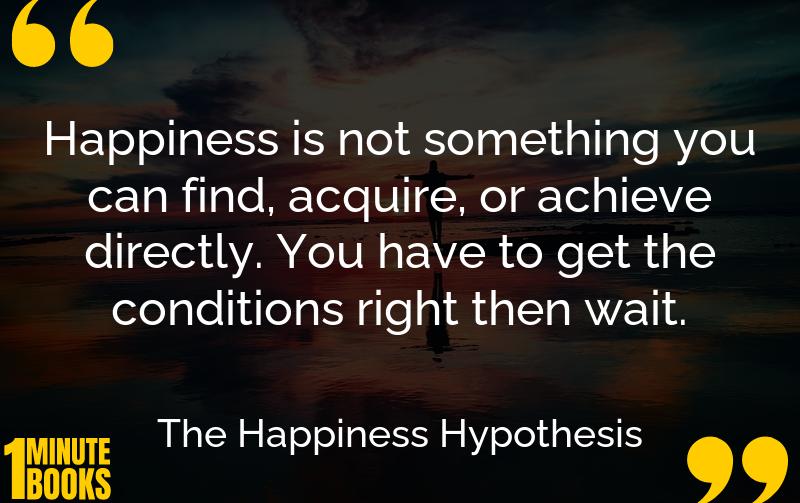
The Happiness Hypothesis by Jonathan Haidt explores ten ideas about happiness, combining ancient wisdom from philosophers and religious figures with modern psychology to reveal the conditions that lead to lasting happiness.
Main Lessons
- The divided self: Our mind and body are often conflicted, analogous to an elephant and its rider.
- Happiness is a balance of external achievements and internal peace; striving for the right attachments fosters joy.
- The adaptation set point: Happiness returns to a baseline after positive or negative life changes.
- The happiness formula: Happiness = Setpoint + Conditions + Voluntary actions.
- Two types of love: Passionate love is intense but short-lived; compassionate love grows slow but endures.
- Identify and mitigate happiness suckers like noise, long commutes, and lack of control.
- Meaningful connections enhance happiness; strong relationships and physical touch are vital.
- Religious affiliation can increase happiness and provide a sense of meaning.
- Constraints and commitments aren’t limiting; they provide purpose and fulfillment.
- Goal happiness: The joy of the journey often surpasses the joy of achieving the goal.
- Compelling life purpose isn’t necessary; focus on conditions that favor happiness.
- Pre-goal attainment often provides more happiness than post-goal attainment.
- Shared experiences create closer relationships and enhance happiness.




